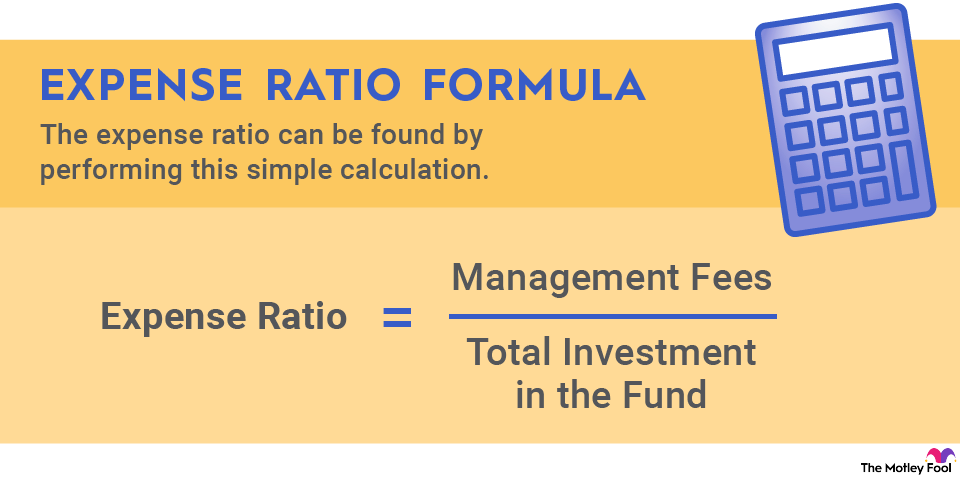Businesses often need to borrow money to pay for things, rather than using cash they're holding in reserve. To do this, they may use one of many instruments, including a note payable. Read on to understand this financial tool, the types of notes payable, and what it takes to make one official.

What is a note payable?
When a business needs to borrow money to buy supplies, vehicles, equipment, or literally anything, it uses a range of financial instruments to do so. One such tool is a note payable, which is essentially just a promissory note with another party.
This other party can be a supplier, a bank, or some other source of capital, and there are special sections on the balance sheet under liabilities for notes payable. They may appear under current liabilities or long-term liabilities, and may be shortened to "notes," but rest assured, these are the loans you're looking for.
What are the types of notes payable?
There are several types of notes payable, including:
Single-payment note payable
As the name implies, a single-payment note payable is a loan that requires the full payment, including the interest, at maturity. No payments are required prior to that point. This can be helpful if a company needs to buy something now while waiting for cash to be freed up.
Amortized note payable
Amortized notes payable are the most familiar type for most people. Just like a typical loan for a retail borrower, amortized notes payable have payments due at set times that cover interest and principal, and is paid down over time. They may or may not have a balloon payment due at the end, depending on how they're amortized.
Negative amortization note payable
Although uncommon, negative amortization notes payable exist. These allow businesses to make payments that are smaller than what is required to pay down the interest that has accumulated. Instead, the interest is added to the note, which increases the size of the note over time. They're used very sparingly and strategically. Be careful if a company is using too many of these types of notes.
Interest-only note payable
Like a negative amortization note payable, interest-only notes payable are notes that do not get paid down over time. In this case, the interest is being paid, but the principal remains the same month after month. They may be used to leverage future funds or to increase inventory quickly, knowing that the money will be there before the principal is due.
Notes payable versus accounts payable
Notes payable and accounts payable sound very similar, but they're not. Accounts payable is more like a checking account for a business, which short-term payments come from. You might use accounts payable to restock copier paper or pay the utility bill, but you probably wouldn't use it for longer-term liabilities.
Notes payable, on the other hand, is literally an instrument for longer-term liabilities. It's a loan that you take out for your business and has its own line on the balance sheet.
Related investing topics
The elements of a note payable
A note payable has several elements that make it enforceable. These include:
- The loan amount.
- The repayment dates.
- The interest rate.
- The name of the lender.
- The name of the borrower.
- The mailing address to which payments are to be mailed.
- Remedies upon default.
- Signatures of all parties.
They can contain more contract information, but these basics should be in place for them to be enforceable. Many also include information about collateral or specific payment terms if they're non-standard types of loans, like interest-only notes payable.



















